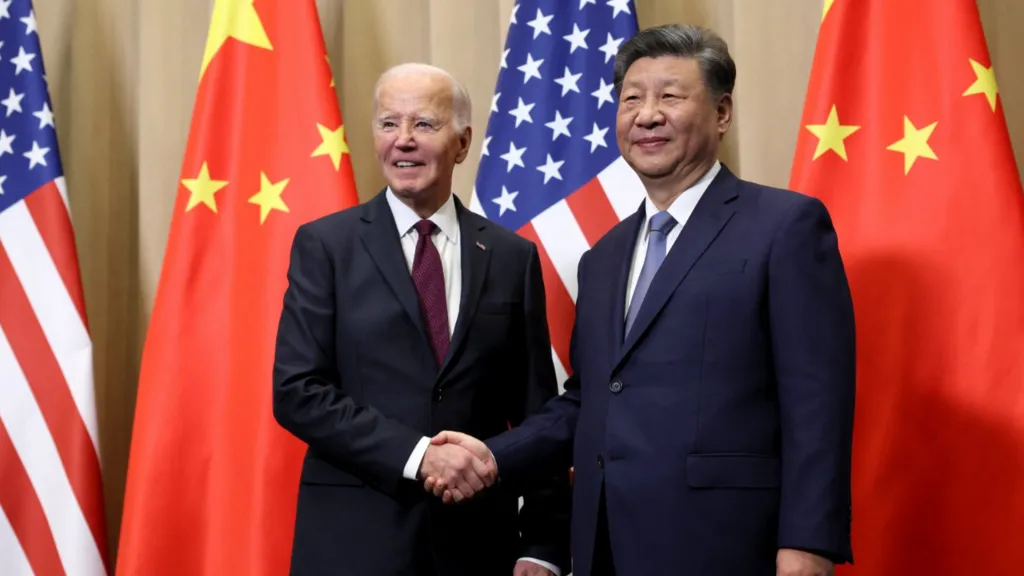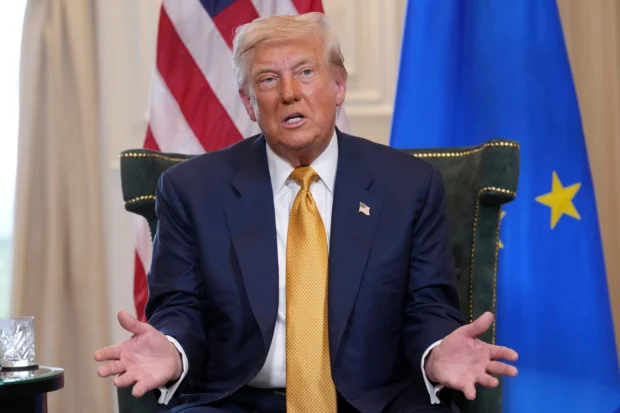
In a pivotal meeting that bridges two American presidencies, Chinese President Xi Jinping and outgoing US President Joe Biden met face-to-face in Peru, painting a picture of what’s next for the world’s most important relationship. Their conversation, held during the APEC summit, marked the end of one chapter and the beginning of another in US-China relations.
Think of it like a changing of the guard: Biden’s steady, predictable approach is making way for Trump’s bold, deal-maker style. The contrast couldn’t be clearer. While Biden spent four years carefully managing differences – picture a diplomatic dance – Trump is promising to shake things up with aggressive moves like 60% tariffs on Chinese goods.
Let’s break this down into what matters for you:
First, the meeting’s tone: Picture two leaders acknowledging they’ve had their rough patches (remember the spy balloon incident?) but highlighting they’ve kept things from boiling over. It’s like when neighbors might not always get along but keep the peace for the neighborhood’s sake.
Xi’s message was crystal clear: China wants to keep talking, keep working together, no matter who’s in the White House. In his words, they’re “ready to work with the new US administration” – diplomatic speak for “we can adapt to Trump’s style.”
But here’s where it gets interesting: While Biden and Xi were shaking hands in Peru, Trump’s team back home was already signaling major changes. They’re positioning themselves like tough negotiators ready to drive a harder bargain, especially on trade.
The stakes? Imagine two giant ships adjusting their course: One wrong move could cause waves felt worldwide, from your local store prices to global stock markets.
Key takeaways:
- The Biden-Xi era ended with a handshake and cautious optimism
- Trump’s approach promises to be more direct and transactional
- China’s preparing for a different kind of relationship
- Trade, Taiwan, and technology remain hot-button issues
Looking ahead, experts say China’s biggest concern isn’t necessarily Trump’s tough talk – it’s not knowing what comes next. As Bonnie Glaser puts it, they’re “ready to negotiate” but also “ready to retaliate.”
What does this mean for everyday Americans? Keep an eye on prices at stores, especially for electronics and everyday goods. These high-level meetings might seem distant, but their impact hits close to home.
















Be the first to leave a comment